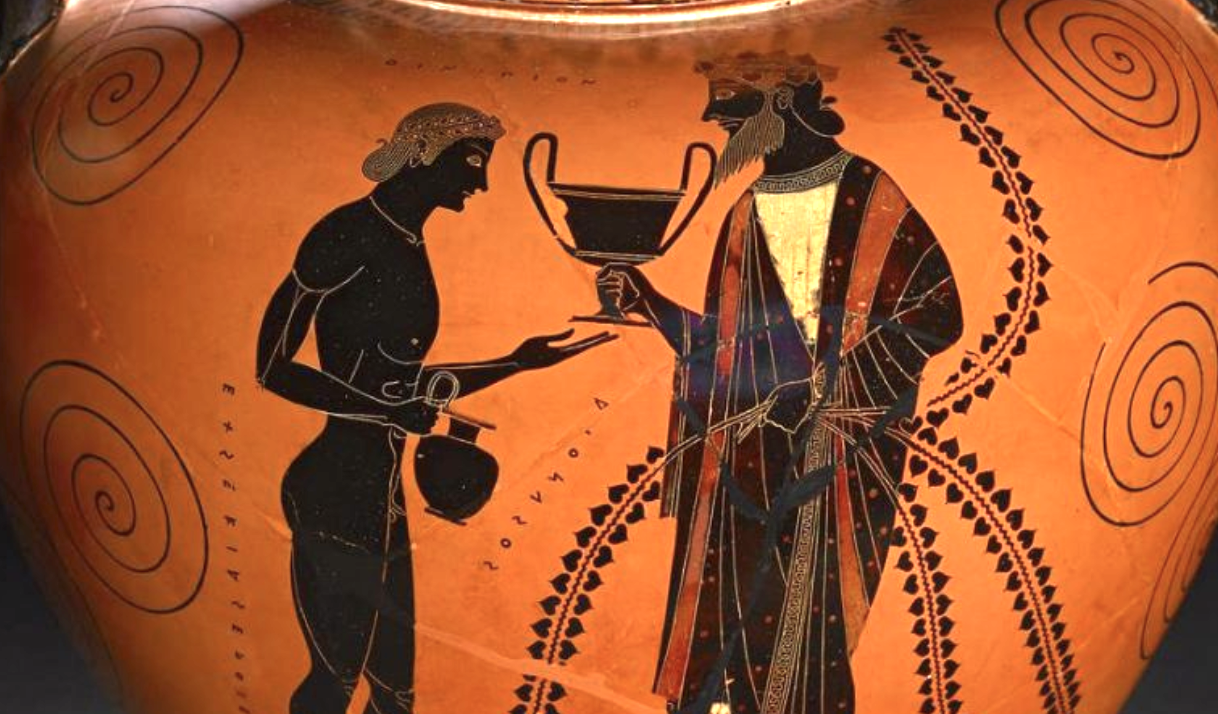Maybe it’s always too soon to make predictions, but historians of the future will likely view the time of COVID-19 as one of unprecedented cultural, social, and economic change on a vast scale. One of those changes, the opening of historic museum collections—photographed and uploaded in high resolution images, and viewable in the kind of fine detail one could never get close enough to see in person—has put an advancing trend into hyperdrive. The British Museum, for example, has just announced a “major revamp” of its digital collection, Vice reports, “making nearly 1.9 million images free to use for anyone under a Creative Commons 4.0 license.”
This addition expands the museum’s online collection to nearly 4.5 million objects—or digital representations of objects. “[Y]ou can zoom in and pan over the Game of Ur, a 5,000-year-old board game played in Mesopotamia, or the sculpture Hoa Hakananai’a from Easter Island.”
The museum is transparent about some “outstanding issues” with the online collection—including minor problems with layout and image order—but due to “extraordinary circumstances” they felt it in the public interest to launch sooner than later. Since access is free and unrestricted, one hopes there’ll be few complaints.
Virtual visitors can get an incredibly detailed view of British Museum items like the 15th century silver and ivory hunting horn from Sierra Leone (top), an object you can’t see in person, not only because the museum is closed but because it isn’t on display. Online exhibits give us the kind of access previously only available to curators. They also take us deeper into art and archaeological history than most in-person visits can.
An encounter with the intricate Sutton Hoo helmet, above, recovered at an Anglo-Saxon burial site, is interesting enough sans context. At the museum site, however, visitors can dive into an entire lesson on the history and meaning of this and other incredible artifacts stumbled upon by a farmer in 1939 who found a ship buried in Suffolk that turned out to be “the most impressive medieval grave to be discovered in Europe.”
The democratic utility of vast online collections like this one cannot be overstated. The struggles of educators and parents these days are very real.“If you’re currently homeschooling your kids,” Lifehacker writes, “you may be interested in the British Museum’s free online learning resources geared towards students ages three to 16+. Want to learn how Egyptian mummies were made? There’s a lesson for that. Maybe you can learn what the Romans ate and drank and enjoy a Roman-themed lunch!” (Doesn’t that sound fun, parent who hasn’t been to the grocery store!) Take a virtual walkthrough of the museum. See the Rosetta Stone in the Egyptian sculpture gallery and the Lewis Chessmen in the Medieval Europe gallery.
Browsing the collection will turn up beautiful, intriguing objects at every turn. If you’ve got a particular piece in mind, the museum provides instructions here for conducting targeted searches. While it can feel like we’re surrounded by scenes of scarcity, it’s some small comfort to know the new normal includes expanded virtual access to the world’s cultural treasures.
Josh Jones is a writer and musician based in Durham, NC. Follow him at @jdmagness
This content was originally published here.

